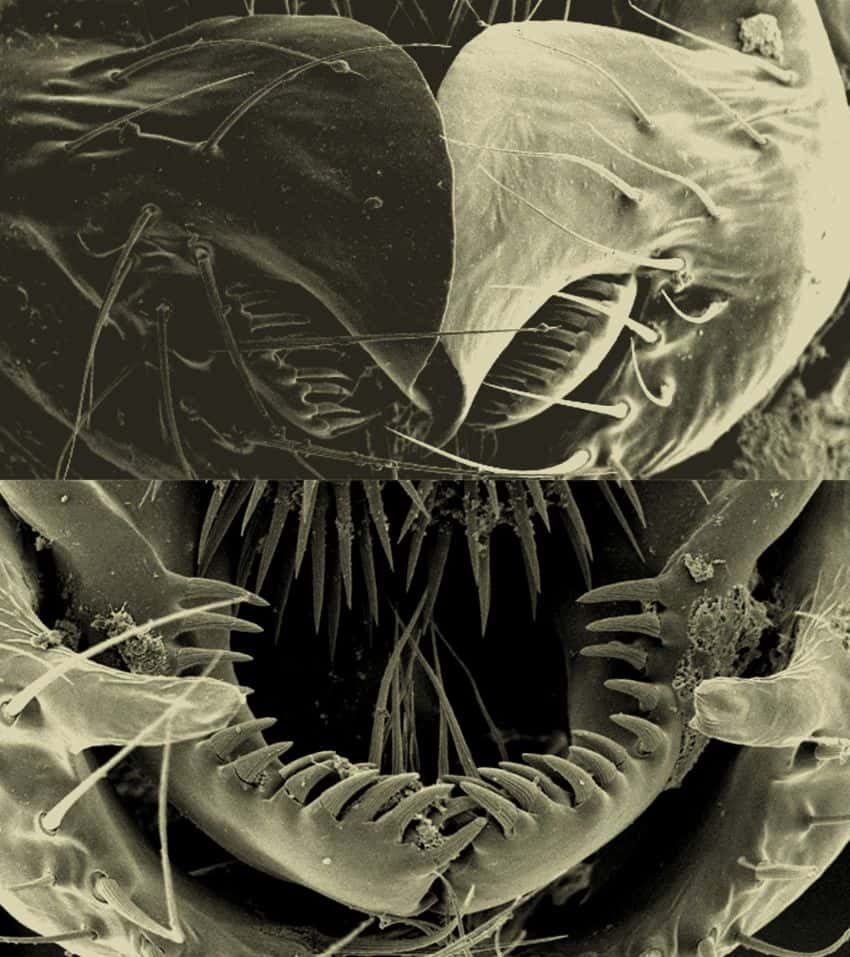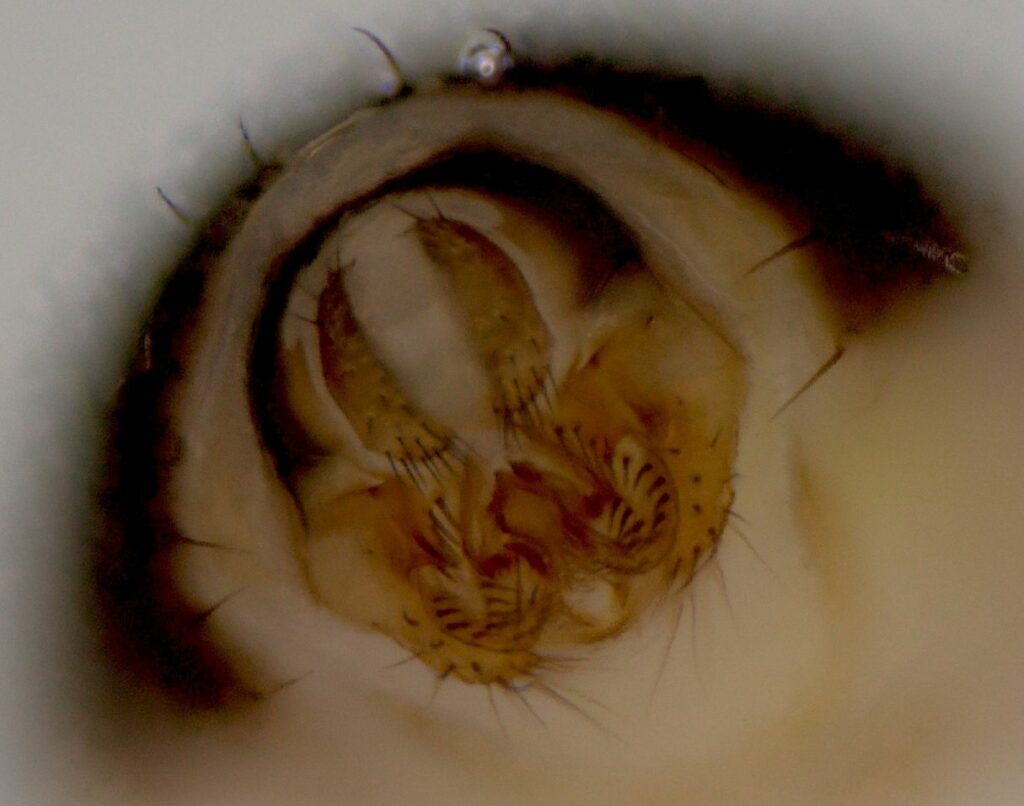It is thought that sexual selection, which includes female preference and the distinct evolutionary requirements of each sex to pick the ideal partner and maximize fitness, is what drives the development of male external genitalia.
Researchers at Oxford Brookes University and Durham University in the United Kingdom have now identified a gene that plays a role in the evolution of genitalia in two closely related fruit fly species.
Scientists now have a better understanding of the genetic underpinnings of the fast development of male external genitalia driven by sexual selection thanks to fruit flies.
The male external genitalia of insects and the tails of peacocks are examples of secondary sexual traits that have evolved among the fastest-evolving animal body parts.
This is believed to be caused by sexual selection, which includes female preference and the various evolutionary demands placed on each sex to pick the best partner and maximize fitness.
Researchers at Oxford Brookes University and Durham University in the United Kingdom have now identified a gene that plays a role in the evolution of genitalia in two closely related fruit fly species.
They examined the posterior lobes of male genitalia from Drosophila simulans and Drosophila mauritiana, both belonging to the Drosophila melanogaster subgroup. These lobes have undergone rapid alterations in shape and size within less than 240,000 years, with Drosophila simulans exhibiting notably larger lobes compared to Drosophila mauritiana.

Their investigation revealed that increased levels of the gene Sox21b have evolved to inhibit the size of genital lobes in Drosophila mauritiana, resulting in smaller genitalia than those of Drosophila simulans.
Given that these posterior lobes play a crucial role in male-female mating interactions, the researchers posit that their discoveries offer valuable insights into the impact of sexual selection on the genome, elucidating the mechanisms driving changes in genitalia morphology.
Published in the journal Current Biology, the study stands out as a rare case where a gene associated with sexual selection-induced evolutionary changes in genitalia has been pinpointed.
The team conducted genome editing on Drosophila mauritiana and Drosophila simulans, demonstrating that alterations in the Sox21b gene directly influenced the shape and size of the posterior lobes. Notably, these genetic modifications also had discernible effects on the mating duration of the fruit flies.

“The genital posterior lobes of male fruit flies play a really important role in sex,” explains Project lead Professor Alistair McGregor.
“Identifying genes responsible for differences in size and shape of genital structures between species allows manipulation of Drosophila male genitalia in a way that replicates the variation that exists in nature.
“We can now do more detailed behaviour experiments to determine if this variation is the target of female choice, if it gives males different ability to secure mating, as an increase mating duration seems to suggest, or if this is driven by the conflicting interests of males and females.”
“Although Drosophila simulans and Drosophila mauritiana can mate with each other, this happens very rarely and indeed D mauritiana females are much choosier than D simulans females,” adds Research co-author Dr Daniela Santos Nunes.
“Therefore, identifying their own species by genital size, could be one way that these particular species ensure they are mating more efficiently and are therefore reinforcing the divergence of their species.
“This reveals part of the genetic basis of how male genital evolution has been driven over thousands of years due to sexual selection.”
The Natural Environment Research Council and the Biotechnology and Biological Sciences Research Council of UKRI provided funding for the study.
Source: 10.1016/j.cub.2024.01.022
Image Credit: Istock
